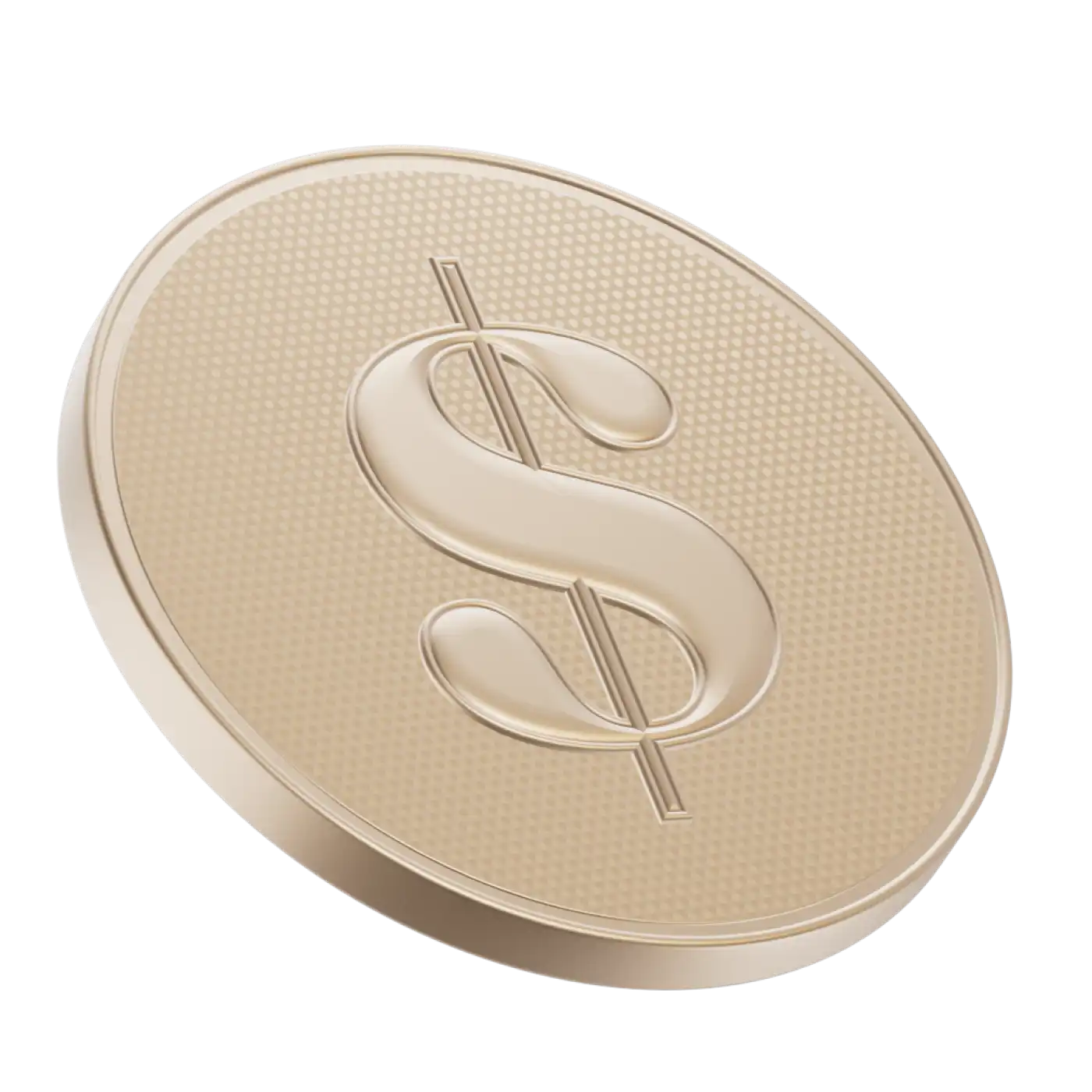We understandably look forward to receiving them, but tax refunds are not all positive. While it certainly feels good to receive a lump sum deposit in your bank account, don’t let that hit of dopamine fool you: A tax refund is the result of overpaying the government. What it means is the Canada Revenue Agency (CRA) collected too much tax from you over the course of the year, and is now refunding the excess.
The bigger the refund the more interest, investment, and spending opportunities you lost out on throughout the year.
How tax refunds work for employees
Employers collect tax on behalf of the government from your paycheck, before it even gets to your bank account. Employed individuals file an income tax return detailing their income, deductions, and credits before April 30 of the following year to figure out the actual tax they owed. If they paid more than they owe, then the government refunds the money. If they underpaid (likely because they have investment or other sources of income on which they haven’t yet paid any tax) then they must pay what they owe by April 30.
How to decrease your tax refund (aka avoid overpaying taxes throughout the year)
Decreasing your tax refund means that you will be paying less tax throughout the year. There are two reasons this may benefit you:
You need more cash flow throughout the year to live on.
You want to invest your money throughout the year in a high-interest saving account.
Let’s say you simply need more cash month to month—you have a high rent, debts to pay, your kid in daycare, etc. You know you are going to contribute a large amount to your RRSP and therefore end up with fewer taxes payable, and a large refund. The government doesn’t know this in advance though—it’s collecting the tax based on your gross salary alone, without taking into account any deductions or credits. If you reduce the amount taken off each paycheck, you could end up with a few hundred dollars (or more) each month to make it easier to pay your living expenses.
Or let’s say you are a high earner, and pay over $100,000 in taxes each year. You know that if you squirreled that amount away in a high-interest savings account every month until April 30 of the following year (instead of handing it over preemptively to the government) you could earn interest on that money. However, this second strategy takes discipline not to spend what is essentially the CRA’s money.
If you are employed, it’s possible to get your employer to decrease the amount of tax collected from each pay cheque by filling out a Form TD1.
How to increase your tax refund
It’s pretty easy to increase your tax refund: just pay more tax! You can fill out Form TD1 to get your employer to increase the amount of tax collected.
Otherwise, you will have to increase your refund by decreasing your taxable income through using deductions or by decreasing your tax payable through using credits.
Decrease your taxable income through maximizing your deductions
Deductions are specific categories of spending that the government has chosen to incentivize. They encourage you to spend money on these categories by allowing you to deduct the expenses from your income.
Lowering your income effectively reduces both your average tax rate and your tax payable—and therefore usually increases your tax refund. Deductions cannot reduce your income below zero.
Common deductions are:
RRSP contributions
Child care expenses
Support payments for a spouse
Interest for a loan used to invest
Union dues
Decrease your tax payable by maximizing your credits
Whereas deductions reduce your income, credits reduce your tax payable. There are hundreds of boutique credits, both federal and provincial/territorial.
Some common non-refundable tax credits include:
Basic personal exemption
Disability credits
Medical credits
CPP contributions
Adoption expenses
Post-secondary school tuition
Add up all your non-refundable credits and multiply by 15% (the Federal Non-refundable tax credit rate) to figure out roughly how much to subtract from your tax payable.
You can use your non-refundable tax credits to reduce your tax payable to zero—the CRA will not owe you money beyond that. But if you are eligible for refundable tax credits and the amount you owe in taxes is less than the total amount of credits, the CRA will dip into its own coffers to pay you. For instance, if you owe $1,000 in taxes but your refundable credit amount is $1,200, the CRA will pay you a refund of $200.
Some common refundable tax credits include:
Canada workers benefit
Canada training credit
Multigenerational home renovation tax credit
Eligible educators school supply tax credit
Medical expense supplement
How to calculate your tax refund
The easiest way to calculate your tax refund is to use an online tax calculator or have an accountant do the sums for you.
You can also do a rough reckoning on paper, but depending on how complex your financial situation is, it may take you some time. To do it, you will need five final numbers:
Income tax already paid
Total taxable income
Total deductions
Average tax rate
Total credits multiplied by 0.15
From that point, the equation is:
Step 1: Total income - total deductions = taxable income
Step 2: Taxable income x average tax rate = tax on taxable income
Step 3: Tax on taxable income - (sum of all non-refundable credits x 0.15) = tax payable
Step 4: Tax payable - tax already paid + other refundable credits = refund
While it may look intimidating, you’ll get the hang of it fast, and get more in touch with your finances while you’re at it.
How long it takes to get your tax refund in Canada
The CRA typically sends your tax refund within two weeks if you’ve filed online, or within eight weeks if you’ve filed a paper return. If you live outside of Canada returns may take up to sixteen weeks. If your tax return is flagged for an in-depth review it may take longer.
To get your return as fast as possible, the CRA recommends signing up for direct deposit with your online bank.
If the CRA takes longer than a month to deliver your refund, they will pay you a compound daily interest, between 1% and 5%. No interest is given for the overpayment collected and held throughout the year.
Why you might not have gotten your tax refund
You may not get all or part of your refund if the amount is less than $2, you owe child support payments, or you owe the government any money (say, you have any outstanding student loans or a previous tax balance). If none of these scenarios apply to you and you still haven’t received your refund after eight weeks, contact the CRA.
Adjusting your tax refund
In order to adjust your tax refund you must adjust your income tax return. Once you receive your notice of assessment, you can adjust different lines in your return. You can do this for the past 10 years of returns.
If you filed your return online, you can adjust certain lines of your return either through MyAccount, or through ReFile. If you filed your return by paper, you can mail in a completed Form T1-ADJ, T1 Adjustment Request along with all supporting documents.


